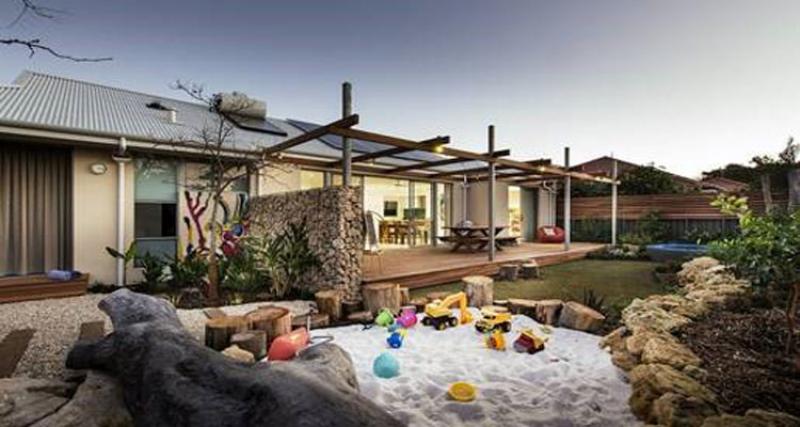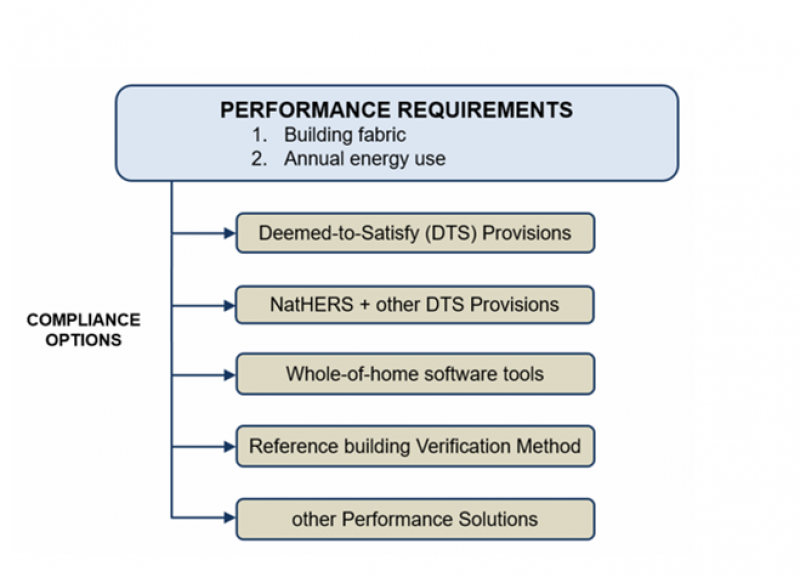Over the past decade, there has been much interest, both in Australia and internationally, in buildings that achieve net zero energy consumption or produce net zero greenhouse gas emissions.
Many governments have made this a goal of their building policies. Leading jurisdictions include the European Union, California and Japan.*
But what is ‘net zero’?
As it sounds, net zero requires all the energy consumed by a building to equal zero. However, given it’s not possible for all the equipment in a building not to use any energy, in practice this requires some form of energy produced on-site to offset the energy use of the building equipment. Typically, this is achieved with rooftop-mounted photovoltaics (PV) or solar panels.
NCC 2022
The ABCB is currently investigating new residential energy efficiency provisions for the 2022 version of the NCC. The new provisions may be set at net zero. While some would say this is too ambitious, there are a couple of important points to be aware of.
The ABCB is only investigating net zero in terms of the energy used by building equipment that is regulated through the NCC. This includes heating and cooling equipment, hot water systems, lighting, and pool and spa pumps. So, it does not include plug-in appliances such as fridges, washing machines, televisions and computers.

Given this, preliminary estimates indicate that only 2 to 3 kW of PV would be required to offset relatively efficient equipment in an average-sized house in each capital city other than Darwin, which would require around 4 kW. This is much less than would be required if all the energy used in a house needed to be offset, but still represents a meaningful change to the current requirements in the NCC.
Why is the ABCB doing this?
In July 2019, the Building Ministers’ Forum (BMF) directed the ABCB to investigate new residential energy efficiency provisions for NCC 2022. The BMF asked the ABCB to carry out this work in consideration of the recommendations in the COAG Energy Council’s ‘Trajectory for Low Energy Buildings’ (the Trajectory). The Trajectory recommends a pathway of incremental improvements to the energy efficiency provisions in the NCC.
Since receiving this direction, the ABCB has produced a scoping study and an outcomes report, which establish the scope and approach of the NCC 2022 energy efficiency work. The approach involves testing two options through economic analysis: one set at net zero and the other allowing residential buildings a moderate level of energy consumption.
For the first time, the new provisions propose to use a whole-of-home approach, which would allow some trading between the efficiency of the different elements of a home. Combined with the suite of different compliance pathways that will be offered by the proposed provisions, this would enable designers and builders to find the most cost-effective solution to their client’s needs.
The likely structure of the new provisions is shown diagrammatically below.

Further information about the NCC 2022 residential energy efficiency project, and how you can get involved, is available from the Energy efficiency initiative.
*IPEEC Building Energy Efficiency Taskgroup 2018, Zero Energy Building Definitions and Policy Activity, International Partnership for Energy Efficiency Cooperation.
Images sourced Josh Byrne & Associates